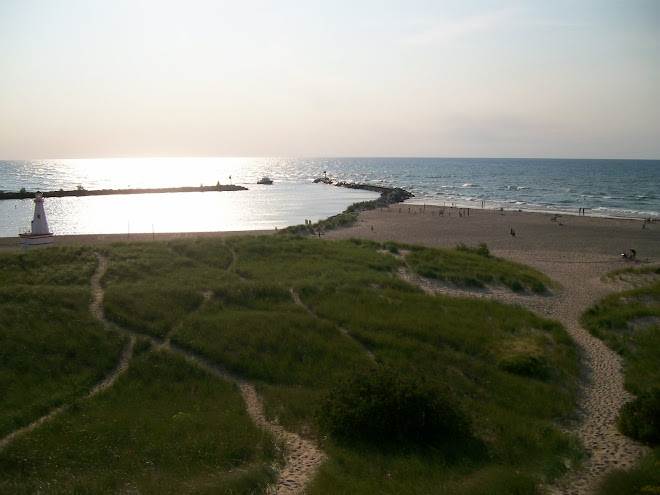 Tom Friedman, the NY Times reporter who openly pines for the authoritarian control possessed by nominally-socialist dictators, which bestows an effectiveness unencumbered by the retrograde necessities of free elections and the rule of law, you’ve got more company.
Tom Friedman, the NY Times reporter who openly pines for the authoritarian control possessed by nominally-socialist dictators, which bestows an effectiveness unencumbered by the retrograde necessities of free elections and the rule of law, you’ve got more company.One of the biggest lies used to impugn U.S. healthcare in particular and the American system of free-enterprise in general is that the infant mortality rate is much lower most everywhere else in the world, especially in those authoritarian, freedomless countries American liberals admire so much.
Now comes propagandist Andrea Mitchell, who on MSNBC (link) “did a particularly fawning segment about Cuba’s health-care system”, referring to “the advantages of the Cuban system, the low infant-mortality rate, for instance, which is legendary around the world.... As the conversation continued, MSNBC splashed the headline ‘Cuba’s Infant Mortality Rate Is Better than the U.S.’ across the bottom of the screen."
I seriously doubt that anyone outside of the most deluded liberal precincts (which include MSNBC) truly believes that “Cuba’s Infant Mortality Rate Is Better than the U.S.”
From Ramesh Ponnuru (link):
[L]iberal columnist ... Cohen’s top reasons for thinking [the U.S. has] a crummy [healthcare] system are our relatively low life expectancy and our relatively high infant mortality rate.... As conservatives and libertarians have pointed out time and again, the health-care system is not the reason for these statistics. Here’s the way I put it a couple of years ago: “In this country, a premature delivery followed by death would be counted toward the infant-mortality rate; not so in some other countries. And whatever we think of our health-care system, it is not to blame for the fact that America has a lot of car wrecks and homicides. When health economist Robert Ohsfeldt and John Schneider adjusted for these factors, the U.S. had the highest life expectancy of any developed country. (And they didn’t correct for obesity rates, which would make our advantage look even bigger, just like our waistlines.)”
The fact is that for decades, the U.S. has shown superior infant-mortality rates using official National Center for Health Statistics and European Perinatal Health Report data — in fact, the best in the world outside of Sweden and Norway, even without correcting for any of the population and risk-factor differences deleterious to the U.S. — for premature and low-birth-weight babies, the newborns who actually need medical care and who are at highest risk of dying.
In summary, the analysis and subsequent comparison of neonatal- and infant-mortality rates have been filled with inconsistencies and pitfalls, problematic definitions, and inaccuracies. Even the use of the most fundamental term, “live births,” greatly distorts infant-mortality rates, because often the infants who die the soonest after birth are not counted as live births outside the United States. In the end, these comparisons reflect deviations in fundamental terminology, reporting accuracy, data sources, populations, and cultural-medical practices — all of which specifically disadvantage the U.S. in international rankings. And unbeknownst to organizations bent on painting a picture of inferior health care in the U.S., the peer-reviewed literature and even the WHO’s own statements agree.Oh, one more thing about Cuba -- another reason for its supposedly low infant mortality rate, which even to begin with is not believable: “terminating the risky [pregnancies] at what may be the world’s highest abortion rate, with some reports indicating that it is more than 60 percent.” (link)
Let’s see where Mitchell goes for medical care the next time she’s really sick. Any bets that it’s Cuba? Where will her doctors have been trained? Any bets on Cuba, or some other third world country?
Either Andrea Mitchell (like so many other liberals who bash America by falsely embellishing socialist countries) is stupid and unaware of the truth, or she’s lying in furtherance of her greater political cause. My money’s on the latter.
John M Greco








